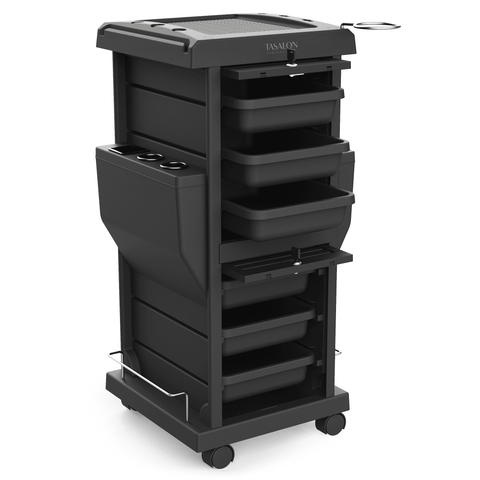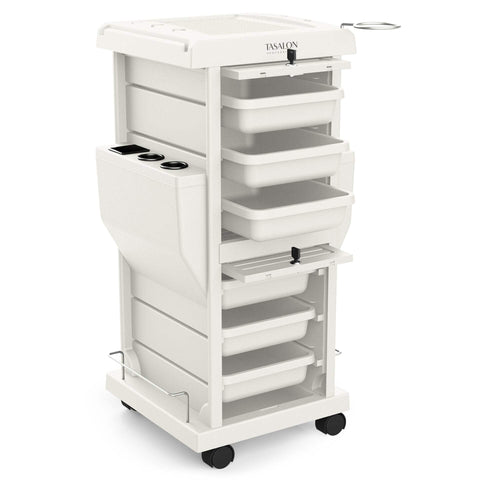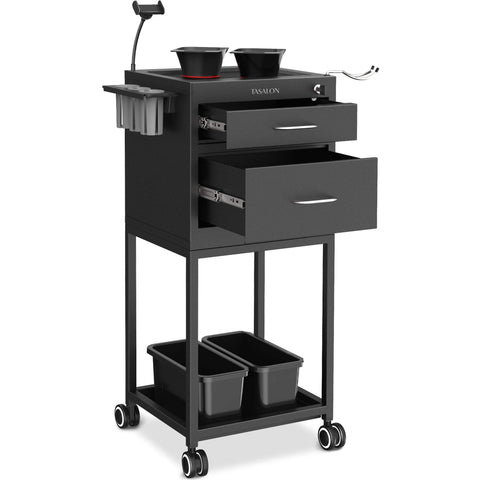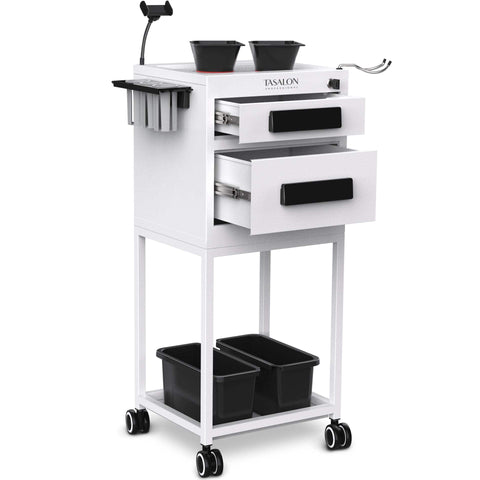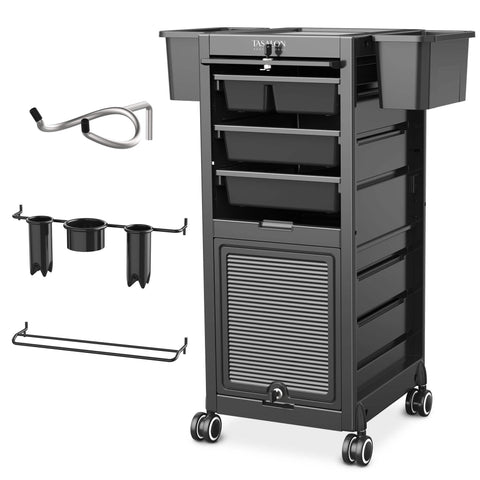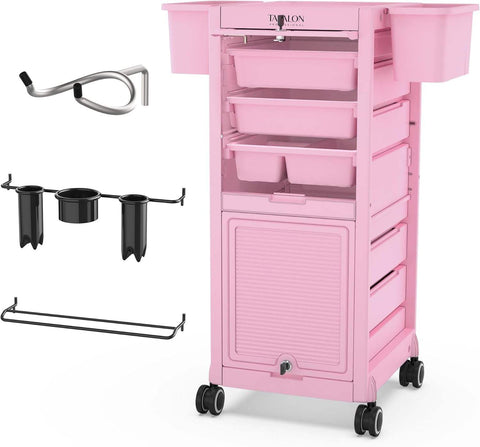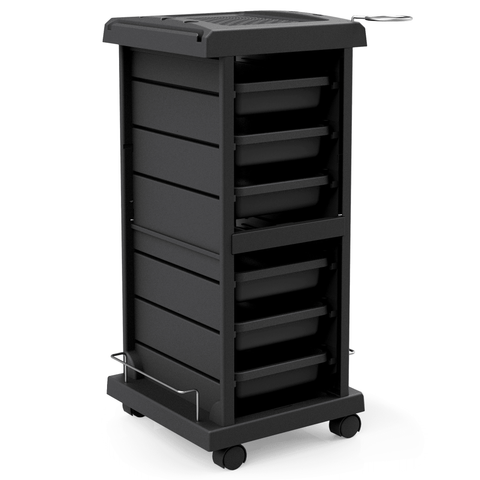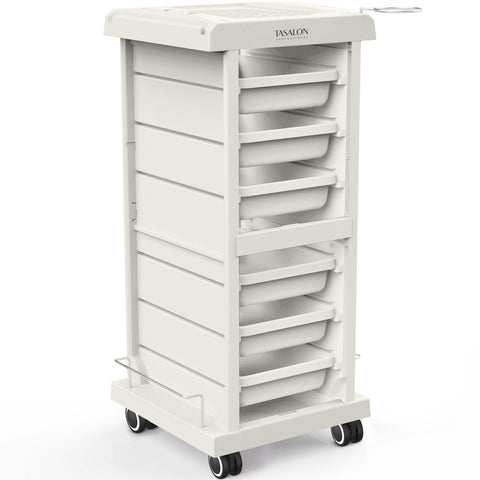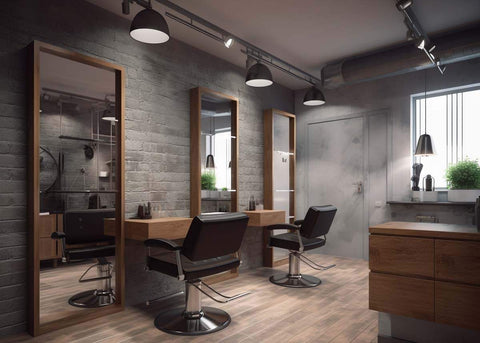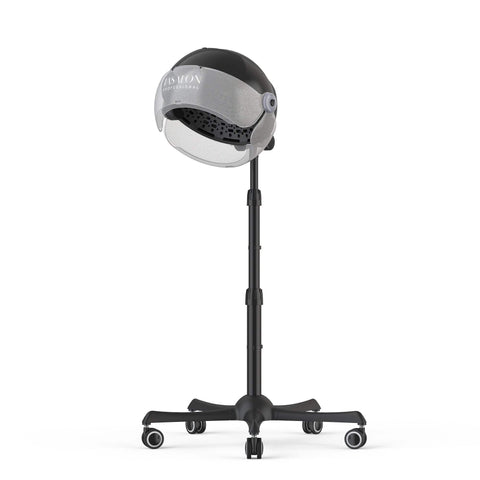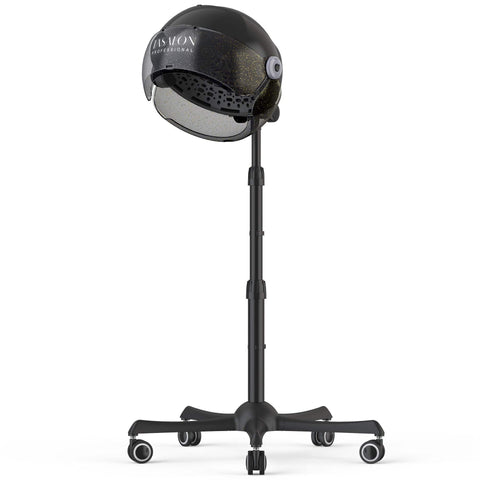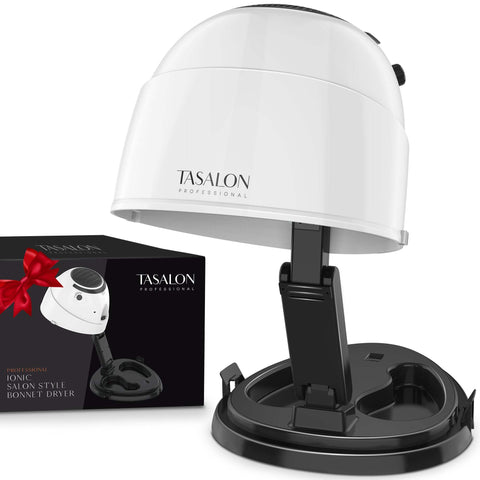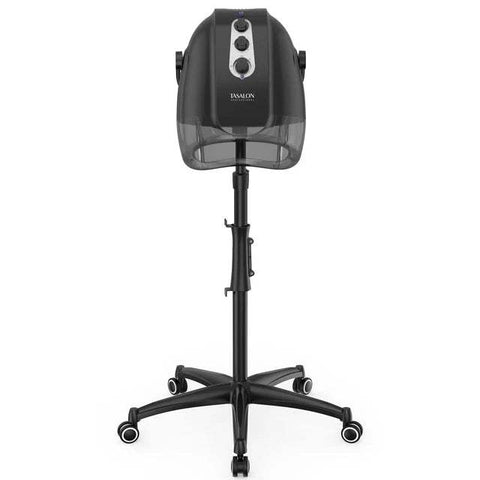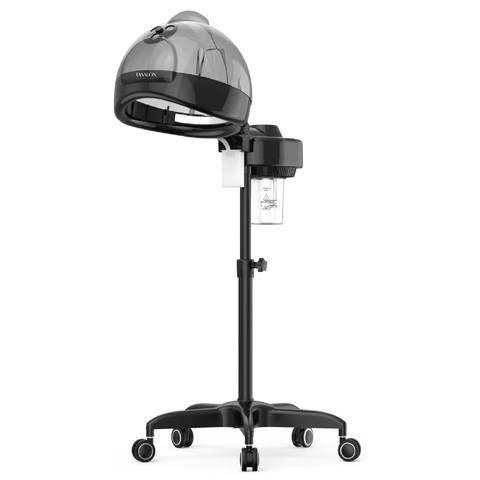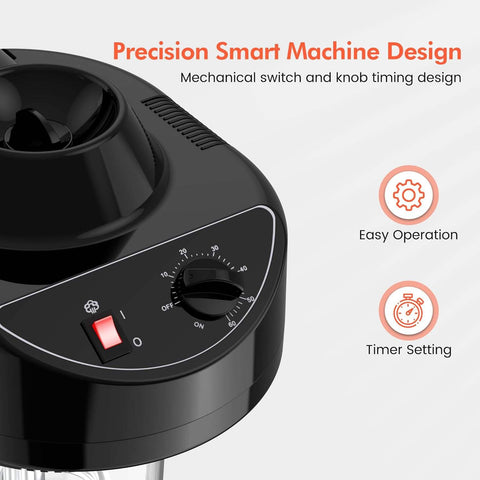How does a hair salon perfectly combine system and software?
If you want to successfully operate a hairdressing shop, you must not only do a good job in business planning, but also establish a set of "advanced", "scientific" and "formal" management systems. According to the development needs of its own store, the hairdressing shop system is continuously updated and improved, and the system is resolutely implemented and implemented, forming a hairdressing shop system management culture.
The so-called system management is that when managers manage hairdressing shops, everything and everyone must be constrained by the system, but the system is unchanged, the so-called "no rules do not form a square circle", that is, a matter of principle, relying on people to manage is not enough, must be based on the system.
The so-called "soft" management, in fact, in the process of work, to use "brain" management, "people" as the foundation, the implementation of "soft" management for employees, when dealing with problems, take "things" first, carry out ideological communication, let them be convinced, and give a certain amount of trust, mobilize their work initiative and enthusiasm, which is conducive to better management in the future and improve the management level of hairdressing shops.
1. The weekly meeting of the supervisor of each store will summarize last week and the work arrangement of this week, and make suggestions for discussion, and the supervisor level or above will submit a work summary and plan report at the end of each month.
2.formulate the distribution system of fixed assets and liquid asset management of hairdressing shops, and assign them to the scope of responsibility of each store supervisor, so that it will play a certain supervisory role in the monthly work of the monthly base, and implement the supervision and registration system of asset loss.
3. There is a system of supervision, assessment and evaluation of health work, and a thorough cleaning system once a week and supervision and inspection of supervisor-level personnel before opening every day are implemented.
4. Formulate a regular training and assessment system, which is assessed once every 3 months, and the content of the assessment is theoretical business knowledge, practical skills, and daily work performance, and the average score is taken as the subsequent assessment result.
5. Promotional incentives are mainly reflected in employees' repeat customers, takeaway sales, card pre-deposits, customer unit prices, etc.; Further increase the turnover of hairdressers and create more profits.
6. Excellent employee evaluation system, at the end of each year, the outstanding store manager, excellent hairstylist, excellent assistant, excellent technician of the year are appraised, and certain spiritual encouragement and material rewards are given.
7. Draw up regulations on rewards and punishments for hairdressing shops. In order to improve the quality of service and the economic benefits of hairdressing shops, certain rewards should be given to some employees who do excellent work. Severe penalties and sanctions will be given to some employees who violate the rules and regulations of the hairdressing shop and cause some economic losses and bring adverse effects to the hairdressing shop.
Reward and punishment regulations are a means of management process, not all employees who make mistakes are fined, which requires the use of "soft" management to convince them and give them certain opportunities, such as making mistakes again, never showing mercy.
In the operation and management, only fines without rewards are not enough, and the amount of fines is concentrated together to become a kind of incentive fund, which gives certain rewards to employees with good performance and mobilizes their enthusiasm for work; If individual employees have difficulties in life, corresponding help can be given, so that employees can fully experience the warmth of the collective, which is more conducive to future work.
Menu


